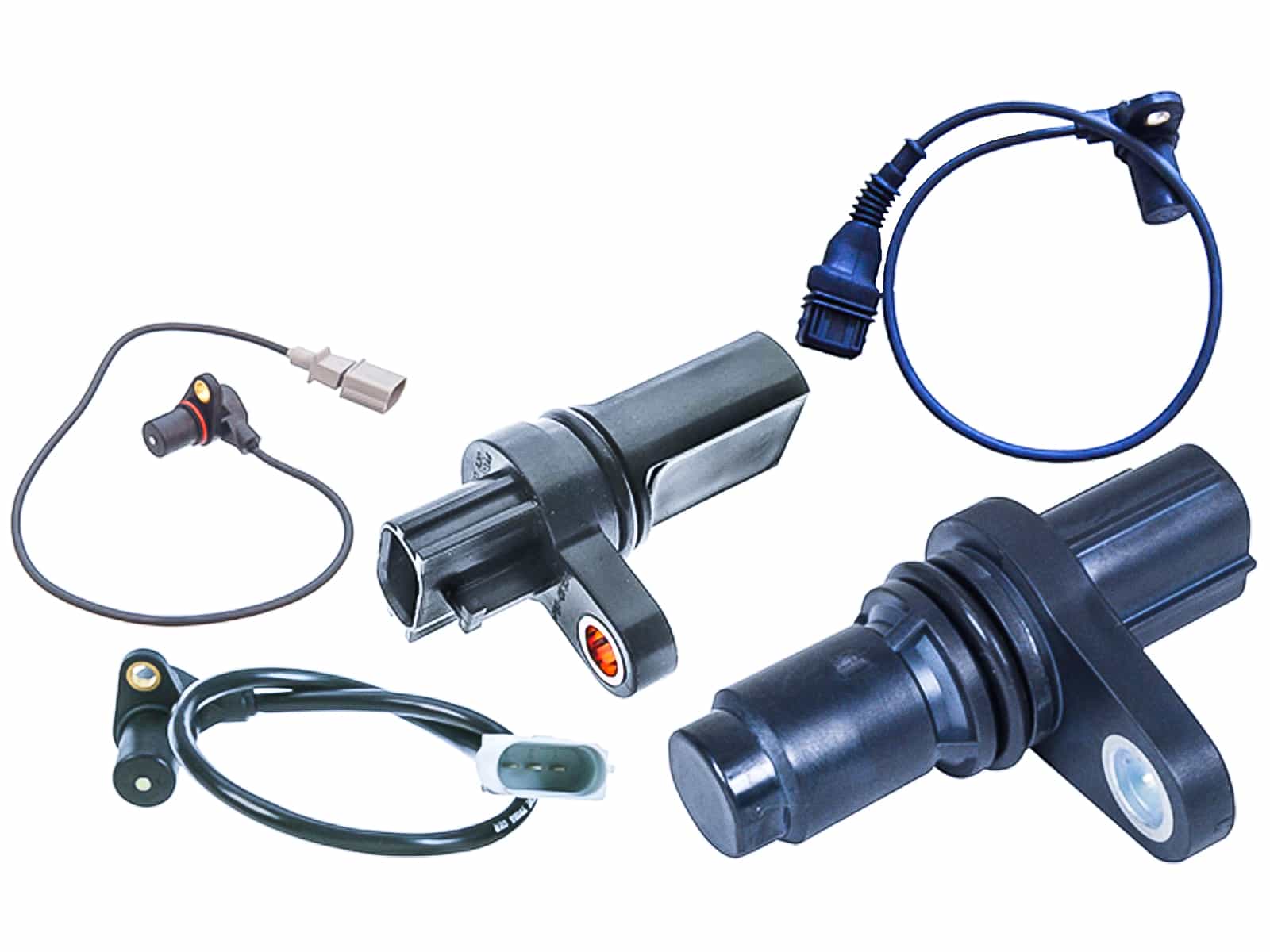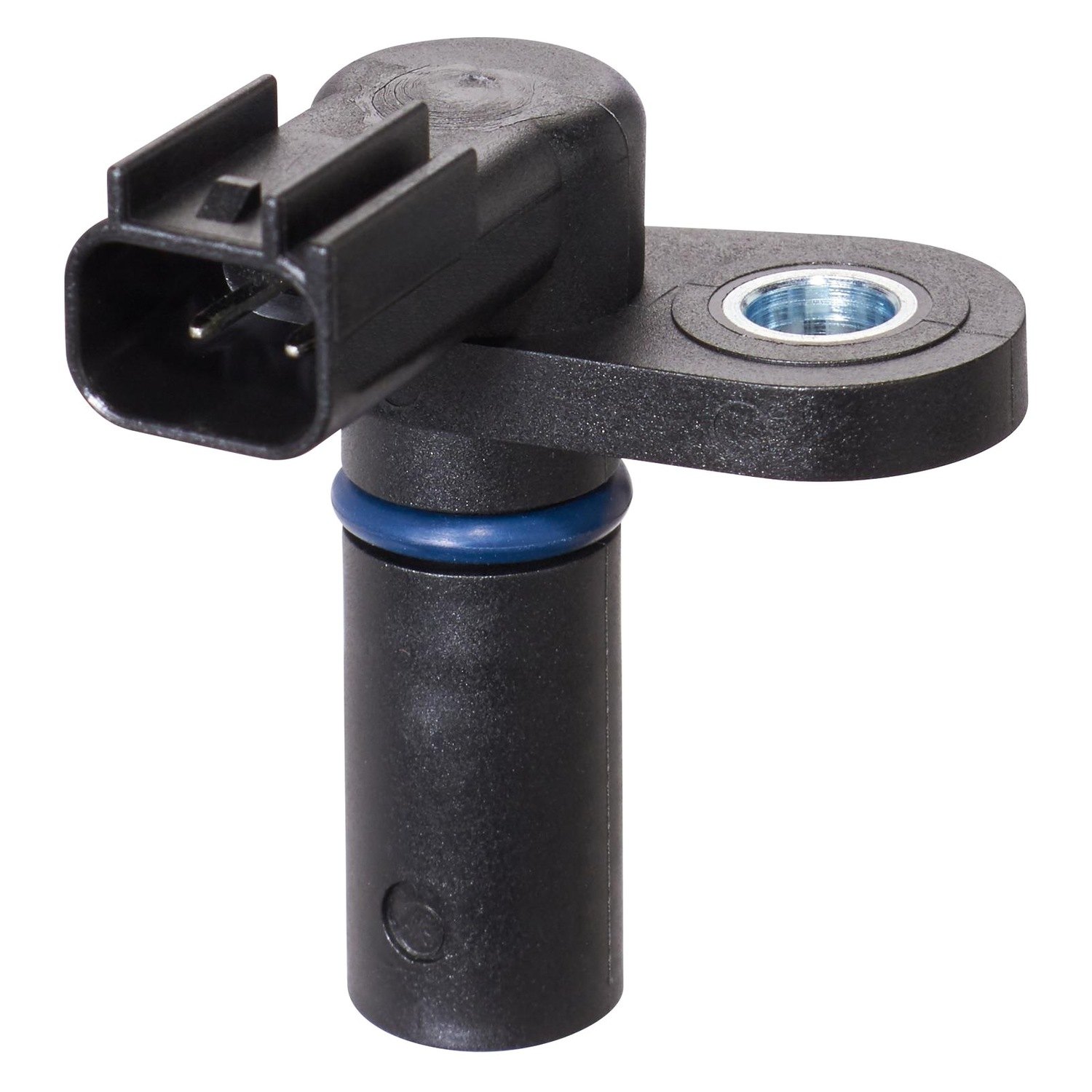If your car isn’t running smoothly, it might be due to a faulty crankshaft position sensor. This small but important sensor plays a vital role in ensuring that your engine runs properly. In this blog post, we’ll explore how a crankshaft position sensor works and why it’s so crucial for your vehicle’s performance.
Crankshaft Position Sensor: A Crucial Component for Engine Function
A crankshaft position sensor is a device that monitors the position and speed of the crankshaft. This information is used by the engine’s computer to control the timing of the spark plugs and fuel injectors. Without a functioning crankshaft position sensor, your engine would not be able to run properly.
There are two main types of crankshaft position sensors: inductive and Hall effect. Inductive sensors use a coil to measure the magnetic field generated by the crankshaft, while Hall effect sensors use a semiconductor to sense the magnetic field.
Crankshaft position sensors are typically mounted on the engine block or near the crankshaft. They are exposed to extreme heat and vibration, so they are typically made of durable materials such as metal or plastic.

How Does a Crankshaft Position Sensor Work?
A crankshaft position sensor works by measuring the magnetic field generated by the crankshaft. This magnetic field is caused by the movement of the crankshaft’s teeth past the sensor. The frequency of the magnetic field is proportional to the speed of the crankshaft.
The crankshaft position sensor converts the magnetic field into an electrical signal. This signal is then sent to the engine’s computer, which uses it to control the timing of the spark plugs and fuel injectors.

History and Evolution of Crankshaft Position Sensors
The first crankshaft position sensors were developed in the early 1980s. These sensors were based on inductive technology. Hall effect sensors were introduced in the late 1980s and quickly became the preferred type of crankshaft position sensor due to their greater accuracy and reliability.
Crankshaft position sensors have continued to evolve over the years. Modern sensors are smaller, more durable, and more accurate than their predecessors.

Unveiling the Hidden Secrets of Crankshaft Position Sensors
Crankshaft position sensors play a vital role in the operation of your engine. However, they are often overlooked and neglected.
Here are a few tips for keeping your crankshaft position sensor in good condition:
- Check the sensor’s wiring for damage or corrosion.
- Clean the sensor’s surface with a soft cloth.
- Replace the sensor if it is damaged or faulty.

Crankshaft Position Sensor: Troubleshooting and Replacement
If you are experiencing problems with your engine, it is important to check the crankshaft position sensor. A faulty sensor can cause a variety of problems, including:
- Engine misfires
- Rough idling
- Stalling
If you suspect that your crankshaft position sensor is faulty, you can test it using a multimeter. The sensor should output a voltage signal that varies with the speed of the crankshaft.
If the sensor is faulty, it will need to be replaced. Replacing a crankshaft position sensor is a relatively simple task that can be completed in about an hour.

Tips for Maintaining a Healthy Crankshaft Position Sensor
Here are a few tips for maintaining a healthy crankshaft position sensor:
- Keep the sensor clean.
- Inspect the sensor’s wiring for damage.
- Replace the sensor if it is faulty.

Crankshaft Position Sensor: A Key Component for Engine Performance
The crankshaft position sensor is a small but important sensor that plays a vital role in the operation of your engine. By understanding how the sensor works, you can help keep your engine running smoothly for years to come.

Fun Facts About Crankshaft Position Sensors
Here are a few fun facts about crankshaft position sensors:
- The first crankshaft position sensors were developed in the early 1980s.
- Crankshaft position sensors are used in both gasoline and diesel engines.
- Modern crankshaft position sensors are very accurate and reliable.

How to Troubleshoot a Crankshaft Position Sensor
If you are experiencing problems with your engine, it is important to check the crankshaft position sensor. Here are a few steps you can follow:
- Check the sensor’s wiring for damage.
- Clean the sensor’s surface with a soft cloth.
- Test the sensor using a multimeter.
If the sensor is faulty, it will need to be replaced.
What if a Crankshaft Position Sensor Fails?
If a crankshaft position sensor fails, your engine will not be able to run properly. You may experience a variety of problems, including:
- Engine misfires
- Rough idling
- Stalling
If you suspect that your crankshaft position sensor has failed, you should have it replaced as soon as possible.
Listicle: 5 Signs of a Failing Crankshaft Position Sensor
Here are five signs that your crankshaft position sensor may be failing:
- Engine misfires
- Rough idling
- Stalling
- Difficulty starting the engine
- Check engine light is on
Question and Answer: Crankshaft Position Sensor
Here are four frequently asked questions about crankshaft position sensors:
- What is a crankshaft position sensor?
- A crankshaft position sensor is a device that monitors the position and speed of the crankshaft.
- How does a crankshaft position sensor work?
- A crankshaft position sensor works by measuring the magnetic field generated by the crankshaft.
- What are the symptoms of a failing crankshaft position sensor?
- The symptoms of a failing crankshaft position sensor include engine misfires, rough idling, stalling, and difficulty starting the engine.
- How can I replace a crankshaft position sensor?
- Replacing a crankshaft position sensor is a relatively simple task that can be completed in about an hour.
Conclusion of How Does A Crankshaft Position Sensor Work
The crankshaft position sensor is a vital component of your engine. By understanding how the sensor works, you can help keep your engine running smoothly for years to come.
